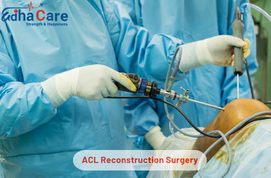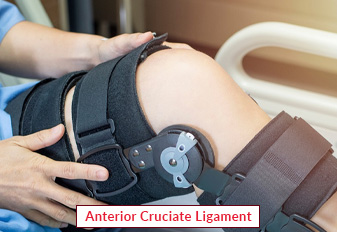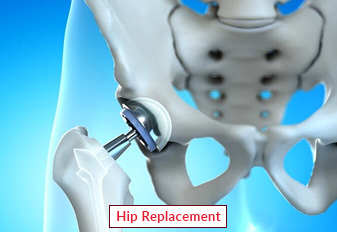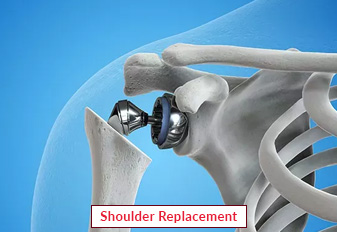ACL Reconstruction Surgery

Surgery to repair a ruptured anterior cruciate ligament (ACL) in the knee is known as ACL reconstruction. It entails using a graft—typically either from the patient's tendons or a donor—to replace the injured ligament. For those who have an ACL tear and experience knee instability or difficulties doing daily tasks, surgery is advised. Surgeons have access to the knee joint with little harm to tissue by using arthroscopic methods. To regain power, stability, and flexibility in your motion, post-surgery rehabilitation is essential. The goals of an ACL repair are to lessen discomfort, restore knee function, and stop more damage.
Book an AppointmentAbout ACL Reconstruction Surgery
Symptoms: Knee discomfort, swelling, instability, and trouble bearing weight on the injured leg are typical signs of an ACL tear.
Causes: Sports activity involving abrupt stops, direction changes, or direct hits to the knee frequently result in ACL tears. Accidents, falls, and traumatic injuries are possible additional causes.
Treatment: Surgery to rebuild the torn ACL consists mostly of using a graft to replace the injured ligament. For the knee to regain power, stability, and flexibility in motion after surgery, rehabilitation is crucial. Furthermore, conservative treatments including physical therapy, ice, compression, and rest can help control symptoms before surgery or in situations when surgery is not recommended.
Procedure of ACL Reconstruction Surgery
Preoperative Evaluation: To determine the degree of ACL injury and to schedule the operation, the patient has a comprehensive evaluation, which includes imaging tests like an MRI.
anesthetic: In order to ensure that the patient is unconscious and pain-free throughout the treatment, ACL reconstruction is usually carried out under general anesthetic.
Graft Harvesting: The surgeon chooses an appropriate graft, usually from a donor (allograft) or from the patient's own hamstring, quadriceps, or patellar tendon.
Arthroscopic Technique: To view the joint, a thin tube with a camera called an arthroscope is introduced via small incisions made around the knee. After that, the injured ACL is removed using instruments.
Graft Placement: Using screws, buttons, or other fixation devices, the selected graft is carefully positioned into the knee joint and fastened to the bone.
Closure of Wound: Sterile dressings are placed to the knee and the incisions are sealed with surgical staples or sutures.
Post-operative Care: Patients go through a thorough rehabilitation program after surgery in order to strengthen their knees, regain range of motion, and progressively resume their regular activities. For the best possible recovery and long-term success of the ACL restoration, physical therapy is essential.
Require Assistance?
Get A Quick Callback From Our Healthcare Experts
Other Specilities We Cover

Anterior Cruciate Ligament (ACL)

Hip Replacement




